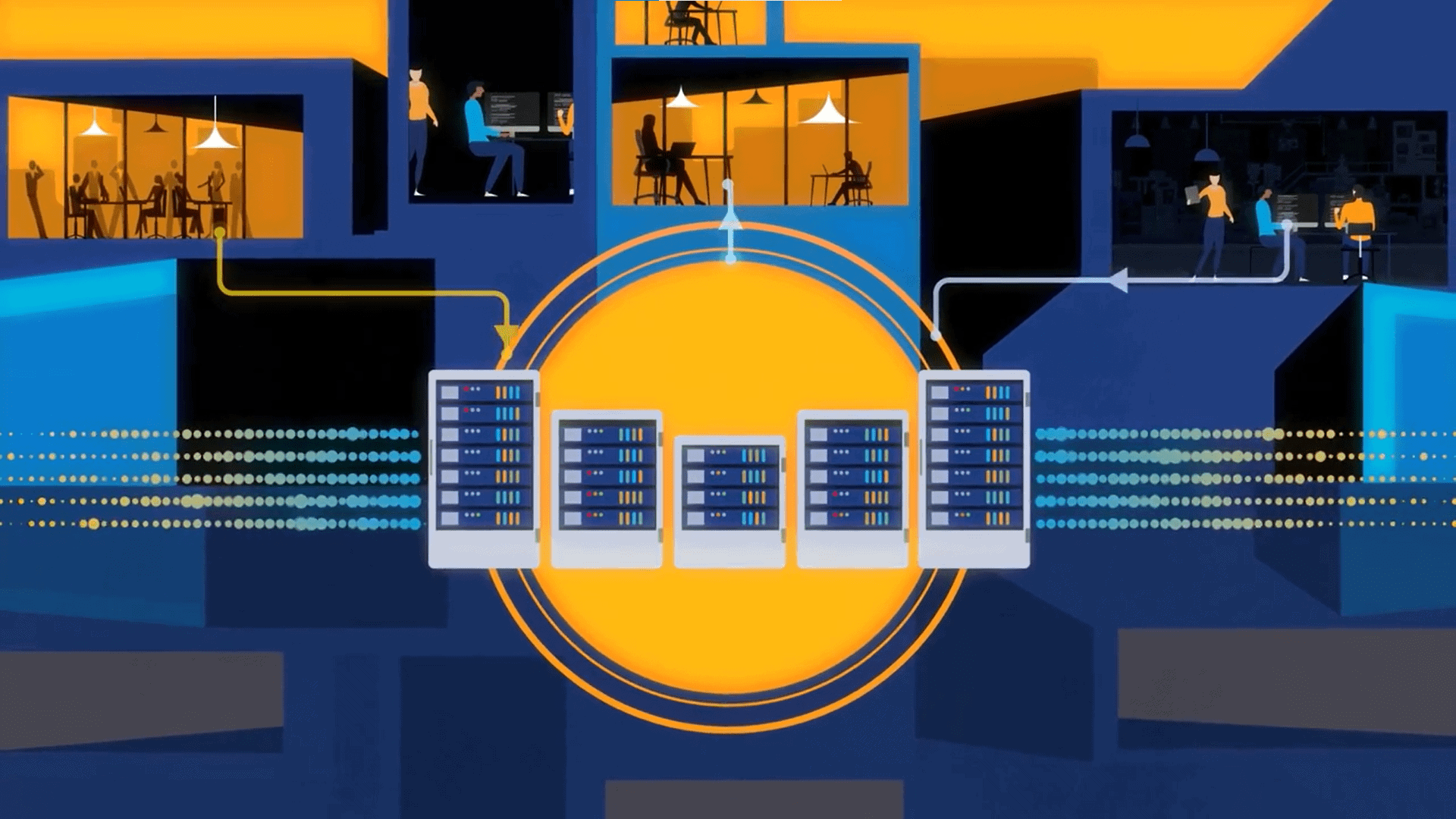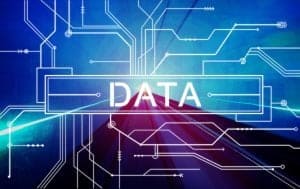Trending Now
From Our Experts
Joe McKendrick
Now Happening: The Great Digital Supply Chain Shake-Up
Supply chains have always been vulnerable to events and glitches, flummoxing even the most well-managed companies…

Sijie Guo
The Importance of Lakehouse Formats in Data Streaming Infrastructure
Data may be the oil of the 21st century in the way it’s driving innovation, competition,…

Krishna Yadappanavar
5 Strategies to Slash Your Observability Bill
High observability costs have emerged as a significant concern for businesses across industries, such as the…

Les Yeamans
Data Streaming’s Importance in AI Applications
Confluent’s annual Current conference held last week in Austin, Texas, like past conferences, included two days…
New Transformer-Based Model Revolutionizes Boolean Circuit Design
ShortCircuit uses smarter AI techniques to create faster, more cost-effective chip designs, helping businesses reduce costs and speed up innovation.
Real-time Analytics News for the Week Ending October 19
In this week's real-time analytics news: NVIDIA contributes more technology and expertise to the Open Compute Project.
Uncover Trends with Embedded Analytics: Transform Your Data into Insights
Companies that leverage the power of embedded analytics have the ability to analyze data in real time and transform that data into actionable insights, leading to better outcomes and a more competitive position in the marketplace.
The Digital Patient Revolution: How AI and NLP are Reshaping Pharmacovigilance
A data-driven approach to Pharmacovigilance holds immense promise and will pave the way for a more informed and holistic evaluation of drug safety, ultimately leading to safer and more effective treatments.
Making the Most of Intelligent Automation to Help Gain a Revenue Advantage
The role of intelligent automation will only continue to expand in the future, with advancements in AI and machine learning driving further innovations for many different industries. Businesses that embrace this technology now will be well-positioned to thrive in an increasingly competitive market.
Navigating New Finance Threats Demands Holistic Real-time Approach
Emerging threats, coupled with the increasing complexity of financial systems, demand a radical shift in detecting fraud. What’s needed is a holistic, real-time approach to combat these threats and protect customers.
Now Happening: The Great Digital Supply Chain Shake-Up
Many supply chain organizations aim to make their operations smarter by investing in generative AI, data analytics, automation, digital twins, machine learning, Internet of Things, and more.
Transforming Public Transit with AI and Machine Learning
The key to using AI technologies in public transit is onboard internet connectivity, which facilitates real-time data transfer and enables seamless communication both within the vehicle and to and from the cloud.
How AI is Transforming the Fight Against Fraud
Discover how AI-powered tools are helping financial institutions detect fraud in real time and stay ahead of emerging threats like synthetic identities.
Real-time Analytics News for the Week Ending October 12
In this week's real-time analytics news: The Apache Software Foundation (ASF) announced Apache Cassandra 5.0, which introduces new features and improvements that enhance its capabilities for modern, data-intensive applications.
Report: Top IoT Use Cases Deliver Strong ROI
Many of the top IoT use cases are delivering strong ROI for the organizations that are deploying them. As such, 51% of respondents to a recent industry survey said that their organizations plan to increase their spending in IoT use cases this year compared to 2023.
The Evolving Role of IoT Analytics in Industrial Operations
As IoT technology increases, the potential for IoT analytics in industrial operations will only grow, offering even more opportunities for innovation and optimization.
Moving Beyond Data Collection to Data Orchestration
IoT connectivity and analytics are moving beyond data collection to data orchestration. Learn how real-time insights, edge analytics, and integrated data streams help optimize performance, reduce downtime, and drive smarter decisions, making data orchestration essential for industrial efficiency.
The Importance of Lakehouse Formats in Data Streaming Infrastructure
As data continues to play an increasingly central role in business operations and decision-making, the importance of efficient, flexible, and scalable data architectures will only grow. The integration of lakehouse formats with streaming infrastructure represents a significant step forward in meeting these evolving needs.
Building an Agnostic Cloud Platform Infrastructure: Key Features and Implementation Strategies
Digital transformation and the adoption of new technologies like AI requires flexible, secure, and scalable infrastructures. Increasingly, organizations must turn to an agnostic multi-cloud approach.
Linux Foundation Adopts Open Model Initiative to Preserve Open-Source AI
OMI is working to gather feedback on what an open-source LLM should look like and is expected to release an alpha version of its model by the end of the year.
Graph RAG: Pushing the Boundaries of AI with Smarter Information Retrieval
Graph RAG represents a significant step forward in AI-driven content generation. By combining the strengths of knowledge graphs with advanced language models, it enables users to improve app responses over time with the creation of more accurate, relevant, and contextually rich responses.
5 Strategies to Slash Your Observability Bill
Modern tech stacks require a new approach to observability that enables continuous monitoring and optimization of performance metrics. This approach streamlines operations, reduces costs, and improves customer experience by speeding up issue resolution.
Real-time Analytics News for the Week Ending October 5
In this week's real-time analytics news: Accenture and NVIDIA expand an existing partnership to help businesses scale AI adoption.
Unlocking a Competitive Edge in Hedge-fund Trading, Right Down to the Data Specifics
While speed and performance are of utmost importance in Capital Markets, the key to a competitive edge lies in smooth, seamless data movement. As such, a critical requirement for hedge funds is to have a message broker that is robust, reliable, and resilient.
The Rise of Robotics: How AI is Reshaping Robotics in Manufacturing
As robots and their AI-enabled use cases become more frequent on factory floors, manufacturers should deploy these capabilities in a way that strengthens – not hinders – the overall workforce.
Celebrating the Mainframe’s 60th Anniversary: A Pillar of Modern Technology
Solutions that bridge the gap between mainframe and cloud environments allow organizations to take advantage of the strengths of both platforms. By leveraging such solutions, businesses can lower costs, improve agility, and make the most of their cloud investments.
What the Next Generation of AI Solutions for Banking Will Look Like
Smart finance companies will begin their AI transformation efforts by assessing their capabilities and then deciding which AI innovations they are capable of supporting.
Navigating the AI Landscape: Why Multiple LLMs Are Your Best Bet
In a rapidly evolving market, an AI strategy that includes access to a broad range of capabilities and insights from multiple LLMs can be a game-changer.
Vision Transformers Breakthrough Enhances Efficiency
The Visual State Space Duality (VSSD) model, introduced by researchers at City University of Hong Kong and Tianjin University, offers a groundbreaking approach to vision transformers, significantly improving efficiency and performance in computer vision tasks.
















































